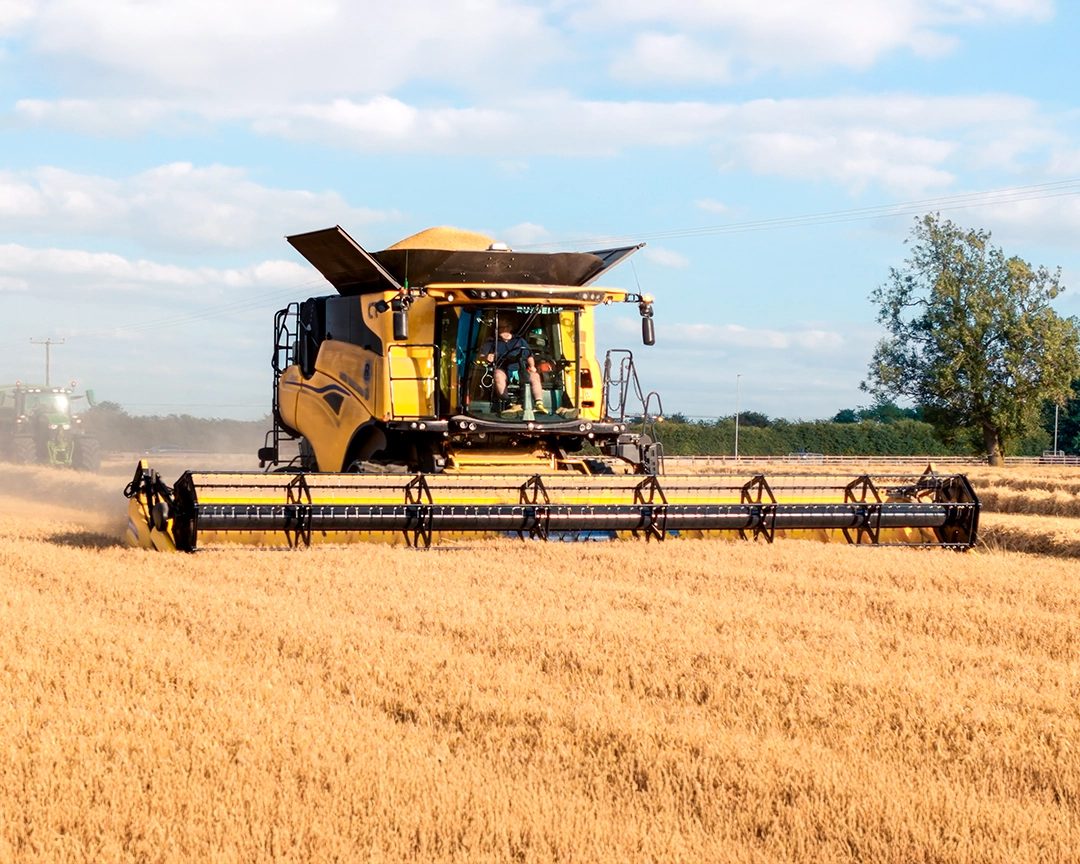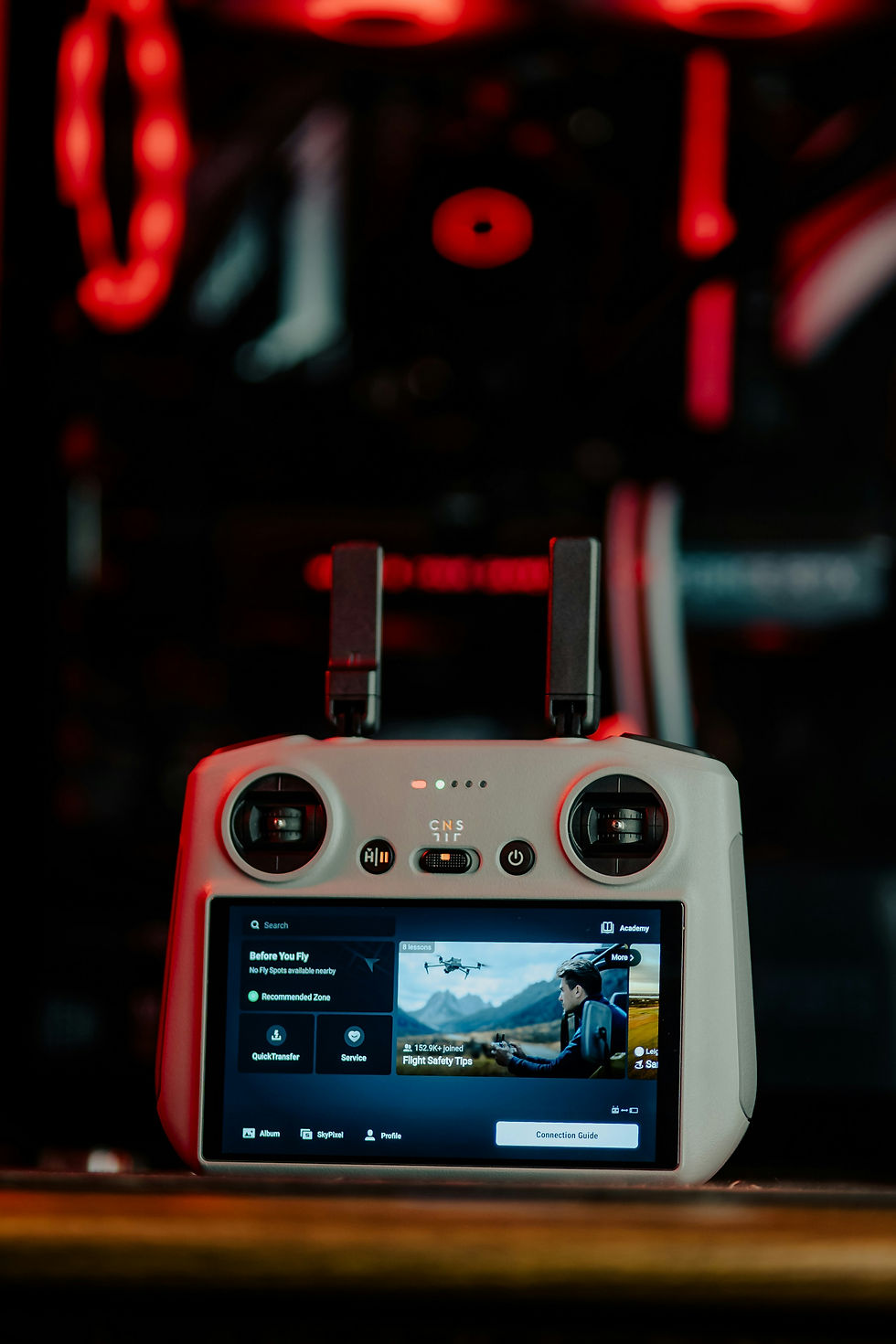Hiring the Right Drone Operator: An Essential Guide
- Instinctive Media

- Jul 7
- 2 min read
Updated: 2 days ago
Understand the Drone Operator’s Category & Licence
Different operations demand different approvals and pilot competencies. Check that your prospective operator holds the appropriate credentials for your project:
Open Category (A1 / A2 / A3)
Applicability: Low-risk flights with drones up to 25 kg, within visual line of sight.
Qualifications: Flyer ID and Operator ID are required for any drone over 100 g.
Limitations: No beyond-visual-line-of-sight operations. Adhere to prescribed separation distances from people and property.
Specific Category
Applicability: Medium-risk tasks such as close-proximity inspections or professional surveys.
Qualifications: General Visual Line of Sight Certificate (GVC) or PDRA-01 self-declaration, supported by the UK SORA risk assessment tool.
Limitations: Must comply strictly with CAA-approved risk assessments. Additional permissions are required for controlled airspace or flights over crowds.
Certified Category
Applicability: High-risk or large UAS (over 25 kg, cargo drones, eVTOL).
Qualifications: Full aircraft certification and pilot licences akin to manned aviation.
Limitations: Lengthy and costly approvals make this category rare for standard commercial filming or surveying.
Due Diligence Checklist for Hiring a Drone Operator
Before you hire, verify that the operator can demonstrate:
Flyer ID and Operator ID for Open-Category work; GVC or PDRA-01 approval for Specific-Category; full certification for Certified-Category.
Public liability cover (minimum £1 million) and, where relevant, professional indemnity or specialist liability.
Evidence of a site-specific risk assessment or a completed UK SORA report, plus documented Standard Operating Procedures and emergency protocols.
Drones bearing UK class-marking (UK0–UK6), installed Remote ID broadcast modules, and geo-awareness (soft geo-fencing) capability.
Testimonials or case studies confirming the operator’s reliability, technical skill, and adherence to safety standards.
Technology Capabilities & Limitations
When defining your project scope, bear in mind each platform’s strengths and constraints:

Drones are ideal for high-resolution video and photography; however, they are limited to flight times of 20–30 minutes and a maximum altitude of 120 m.
They can also be equipped with LiDAR or multispectral sensors; these require Specific-Category approval for precise altitudes, BVLOS, or operations near built-up areas.
Some drones are suited for transporting equipment or agricultural spraying; these must operate under Certified-Category rules, which involve significant compliance overhead.
Frequently Asked Questions
Will I need permits in 2026?
Yes. From early 2026, any drone over 100 g requires Flyer ID and operator registration under the updated UK drone regulations.
Do I need permission for Open-Category flights?
No advance CAA permission is needed for Open-Category flights. For Specific-Category or controlled airspace, factor in 4–6 weeks for approvals.
Do new drones require UK labels?
Yes, new drones must carry UK0–UK6 labels from 1 January 2026. Legacy models will remain valid only until 1 January 2028.
Can I fly in controlled airspace without prior approval?
Only with a detailed UK SORA risk assessment and explicit CAA approval for each operation.
Is geo-fencing mandatory?
Yes, compliance with soft geo-fencing and direct Remote ID broadcast becomes mandatory for most drones from January 2026 onwards.
In conclusion, as drone regulations evolve, ensuring that you hire a well-qualified drone operator is essential. Not only can they guarantee high-quality outputs, but they can also help you navigate the complexities of compliance.







Comments